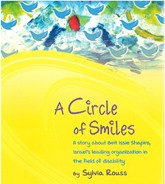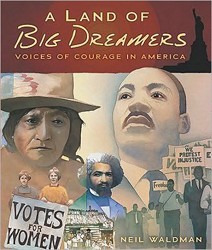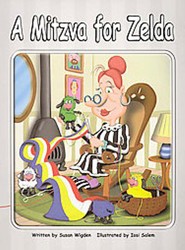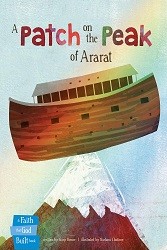Barry Deutsch was nominated for the Eisner and Nebula Awards and was the winner of the Sydney Taylor 2010 Award for his graphic novel How Mirka Got Her Sword, the first book in this series. Now his heroine, Mirka, is back in a sequel. In this novel, Mirka takes on a meteorite, who changes her rock-shape into the shape of a human girl or, more accurately, into the spitting image of Mirka herself, completely against Mirka’s wishes and better judgment. The best girl must win, and a three-part contest is set to determine which one will stay and which one will be banished from Hereville.
Graphic novels and superheroes are not new to Jewish authors and readers alike. Most notable comic creators were Jewish; one is immediately reminded of Bob Kane and Bill Finger, the creators of Batman, or Jerry Siegel and Joe Shuster, the creators of Superman. Moreover, superheroes, who often have “civic” alter egos of anti-heroes, are just as predictable in American popular culture. And yet most superheroes, albeit created by Jews, are themselves very clearly not Jewish. In this particular graphic novel, the novelty lies in the fact that the heroine, herself, is Jewish. And she is not just Jewish but a frum Jew who is set against a genuine frum social and cultural backdrop. Mirka looks, acts, studies, practices, and follows ultra-orthodox Judaism to the letter, as do all her town’s friends, relatives, and counterparts. And yet she is far from being your average goody orthodox girl; she is messy, outspoken, aggressive, forceful, and mingles with magical, or worse, secular unsavory company; it’s a fabulous moment when, to her complete ignorance, she wonders why this witch-woman looks and dresses like that… In other words, as opposed to basing her heroism on her alter ego, Mirka is both hero and anti-hero rolled into one.
The conflict arises in the form of a meteorite who takes upon herself the earthly image of Mirka, herself. But to Mirka’s great shock, what initially seems like a wonderful potential sisterhood situation soon turns into a nightmare. The newcomer doppelganger now scores on everything Mirka does and in no time pushes her out of her family, world, food, school and identity. It is clear to Mirka that the only way to defeat this unwelcome invader is to come out ahead in the three part contest she initiates for the two of them. It is a hard and bitter contest and one in which results remain uncertain until the end. The exciting final victory includes Mirka’s monster friend from Book 1, tying the two books in the series together.
It is a shame that the early-proof copy I reviewed does not include colors. The color feature would have added a great deal to the visualization and to the ability to enter Mirka’s world and its characters. But the book itself is a triumph in every sense: the storyline is gripping, the characters are interesting and dimensional, the plot’s progression thrilling and the drawings fabulous (despite the lack of color, which left a lot to my anticipation of the final product). I am intrigued by Mirka and am looking forward to reading more about her adventures. Recommended for ages 8 – 10.





